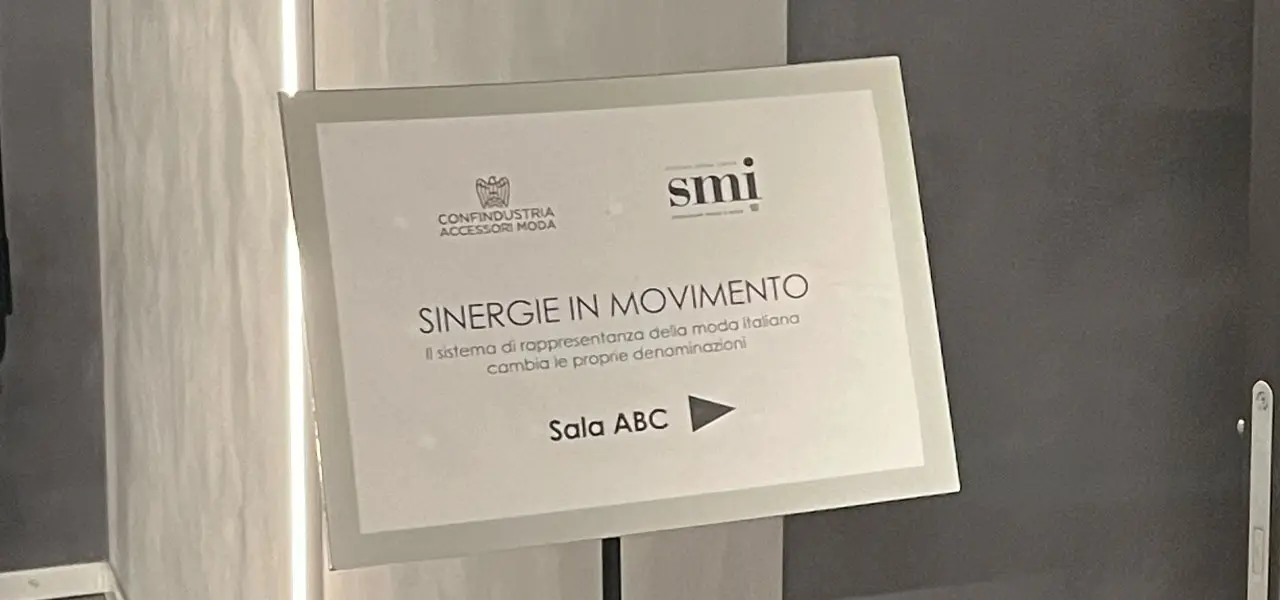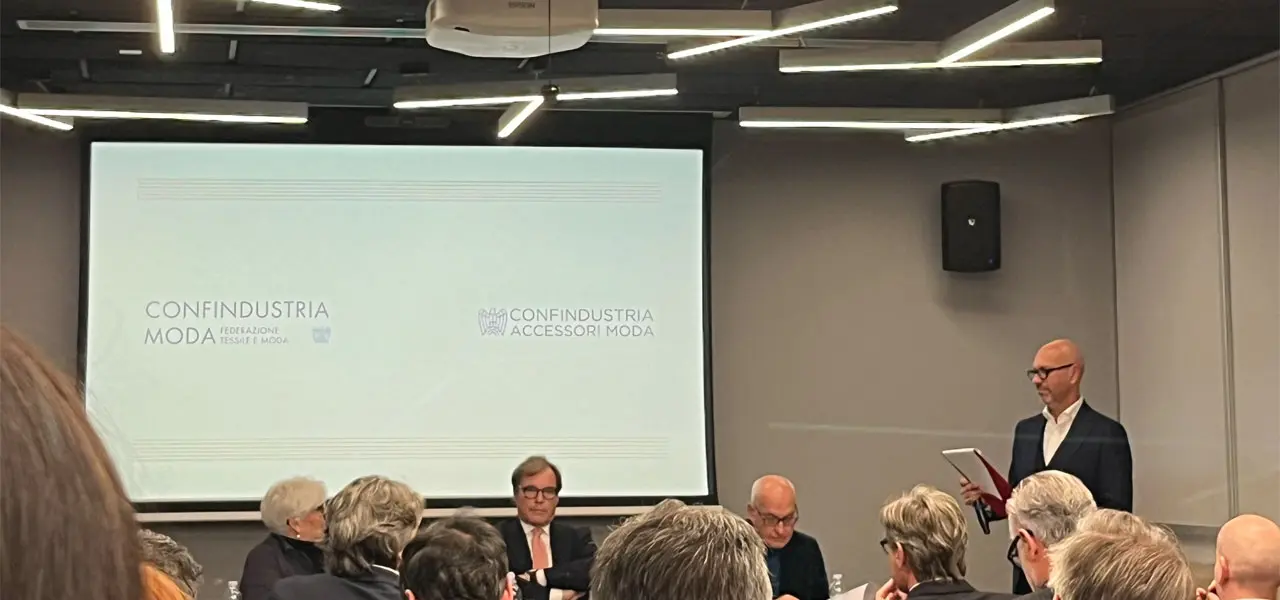Less than a year after Sistema Moda Italia, along with Federorafi and later Anfao, separated from Confindustria Moda, the two key organizations representing the Italian fashion industry are rejoining forces. This renewed collaboration introduces a new organizational structure with two distinct federations operating under the Confindustria umbrella. Confindustria Accessori Moda will represent the leather and accessories sector, encompassing Assocalzaturifici, Assopellettieri, Unic, and Aip, while the textile and clothing sector will be represented by Confindustria Moda – Federazione Tessile Moda (formerly Sistema Moda Italia).
This strategic alignment aims to address the challenges facing the industry with a unified approach. The new structure was unveiled at a press conference attended by the presidents of both federations: Giovanna Ceolini, leading Confindustria Accessori Moda, and Sergio Tamborini, president of Confindustria Moda -Federazione Tessile Moda. Vincenzo Marinese, vice president of Confindustria, expressed hope that “personal differences will never overshadow the collective good.” This reunification comes at a critical juncture for the Italian fashion industry, grappling with economic downturn and a fundamental shift in consumer behavior, further compounded by the increasing demands of sustainability. Tamborini acknowledged the challenges, noting that the third quarter is also projected to close with negative results for the textile and fashion sector. The leather industry faces similar difficulties. According to Ceolini, the first half of the year saw a 15.8% decline in production, with a further downturn in the following nine months (-19.3% for leather goods and -18.6% for footwear). Turnover has decreased by 8.7%, and exports have fallen by 8%. Together, the two federations represent a powerful production system with a turnover of nearly 100 billion euros, employing over 500,000 individuals across more than 50,000 companies. Italy remains the leading exporter of textiles, fashion, and accessories in Europe (second globally, after China), boasting a trade surplus exceeding 26 billion euros in 2023.
“Last year, we exercised our right to withdraw,” Tamborini commented. “Today, we return under a unified banner, and I believe that, having clarified various issues, our collaboration will be even more effective.” He emphasized that the decision for joint communication stems from the need for “a genuine industrial policy, which has been lacking in recent years, and to reclaim our representation within the sector.” Ceolini highlighted the crucial relationship with fashion brands: “Companies that have invested in these brands must be respected, and we must work to strengthen the supply chains.” She also stressed the importance of attracting young talent to the fashion industry.
The two federations have outlined key priorities, including resolving the dispute over the tax credit for research and development, participating in the Lombardy Region Roundtable to combat illegal labor practices, investing in training for young people and upskilling workers, promoting “Made in Italy” fashion on a global scale.


